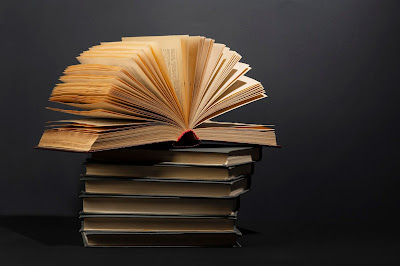The John Driscoll version of reflection is a framework for the image, evolved into an established method to guide reflection. There are several models of reflection and there isn't one proper desire. It's essential to choose the version that fits the person who may be using it.
The John Driscoll Model Of Reflection Is Based On
• What?
• So what?
• Now what?
Driscoll's model of reflection citation connects these three stem inquiries to the degrees of revel in the mastering cycle and then added trigger questions that need to be replied to finish the reflection image cycle. The 3 questions have been advanced in 1994, 2000, and 2007. The loo Driscoll version of reflection is one of the most effective fashions of reflection.
By answering these three questions, you can start to analyze studies and analyze from these. First, it's critical to explain what the scenario or enjoyment turned into like. The context is critical. This gives the consumer a greater entire concept of what goes on. That is completed by using considering the 'what' question? What became learned from the experience? The remaining section encourages the consumer to think about the action that is taken because of the reflection. Ought to behaviour be changed? Should something new be added? Or is the fame quo sufficiently effective, this means that no changes are needed?
Step 1: What?
To finish step one of the established reflection image, the following questions must be answered:
• In short, describe the revel in/situation/incident you will be reflecting on
• What exactly occurred?
• What exactly did you do?
• Changed into someone else involved?
• Became it a good revel in? Or terrible? Or both? And why?
Step 2: So what?
To complete the second step of the dependent reflection, the following questions need to be responded to:
• How did you experience at that precise second?
• The way you react?
• Why did you react this way?
• Did you experience the identical scenario as you do now?
• Had been you experiencing a conflict together with your private values?
• Do you think past conditions have prompted your revel in all through this situation?
• Who else changed into worried? How did they experience it? And the way did they react? And why did they react this way?
Step 3: Now what?
To complete the third step of the based reflection image, the subsequent questions should be answered:
• What have you ever learned from reflecting on this case/revel in/incident?
• Ought to you've got prevented bad outcomes?
• And how should you have done so?
• What would you do differently if a similar state of affairs will arise in the future?
• What may want you to better prepare yourself for this?
• In which did it go wrong and what will your consciousness on now?
Considering The Theory:
The theories of reflection are often aimed toward instructors. That makes me feel, as they're those who have to switch this information to others. The loo Driscoll version of reflection image facilitates teachers, but others worried as properly, to stay engaged within the work of academics. Driscoll's model of reflection pdf will explain this theory better.
Reflective working in practice is regularly considered as a desire for professionals whether or not or now not to have interaction in reflection approximately their work. In his studies, Driscoll posits that, when he investigates whether or not a person is already reflecting in practice, he could likely set up that this individual continuously thinks approximately what she or he is doing. You can ask for a Driscoll model of reflection reference sample from the assignment writers who are available online. You can just approach them and ask for assignment help whenever you encounter any issue with the subject assignment.





No comments:
Post a Comment